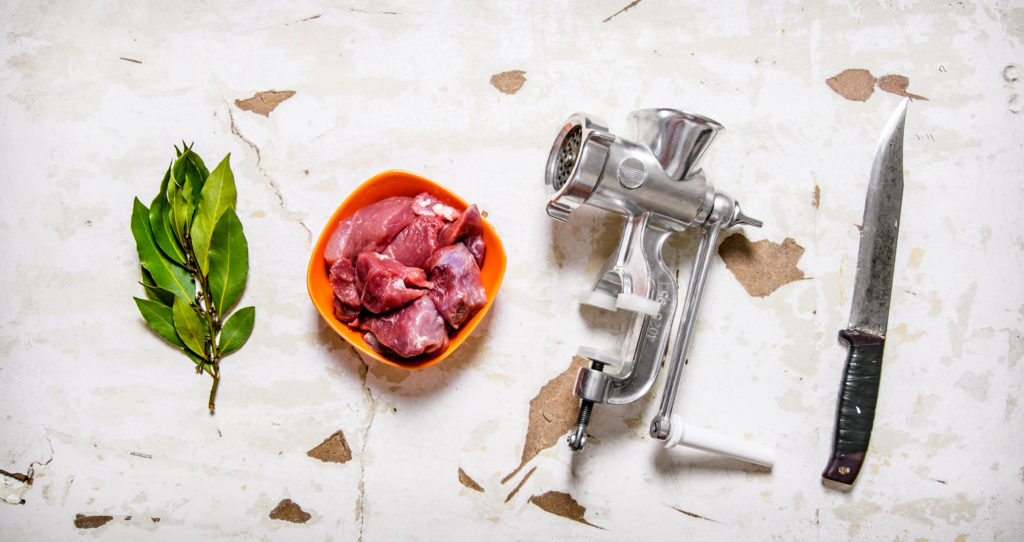Should you be so lucky this fall or winter, here are a few tips on how to transport meat home from your hunt.
Traveling to hunt is something I look forward to every year. The planning, the anticipation, the trip, and the camaraderie have combined to create some of the most memorable adventures of my life. I especially enjoy years when I draw an elk tag in a hard-to-get unit. It’s not so much that I want (or need) another mount on my wall. Rather, it’s the chance to harvest a whole lot of meat that my family, friends, and I will enjoy for at least the next year.
Maybe you’ve been there before: you make a perfect shot on an elk, whitetail, or mule deer. He goes down quickly. You’re high fiving your hunting partner; taking pictures. Then, the realization hits home that you have a lot of meat that needs to be transported home. Having a plan on how to get that meat home from your hunt beforehand will save you a lot of headache later.
How to Transport Meat Home From Your Hunt
There are several ways to get meat home from your hunt regardless of whether you’re driving or flying. If you’re driving, consider coolers and dry ice. If a plane is carrying you to and from the hunt, you can check or carry on meat, according to the TSA. Of course, if you’re big-game hunting, checking in a few coolers will likely be your best option, should you choose to go that route. There is also the shipping option, especially for those flying who use a processor near the area where you killed the animal.
Drive
The road trip can be a weary experience, especially on the way back. But for the price of a few tanks of gas, food, maybe a hotel room, ice and/or a portable freezer, this is the most cost-effective method to transport meat home from the hunt. If you Google “portable freezer,” you’ll find an array of options, most of which will fit nicely into the back of a pickup truck. These can be plugged into a cigarette lighter with an adapter so that you’ll never have to worry about ice. Heck, you could unload it and plug it back up in your garage for extra storage.
The solid double roto-molded coolers we see everywhere are also great options. Wrap your meat well. Newspaper does the trick; it’s a great insulator. Put dry ice on the bottom of the cooler and pack your meat on top with another layer of dry ice over it. If you can, let the cooler sit in the cold for a day, or pack it with ice and close it. This will extend the longevity of the ice when you pack it with meat.

Having a plan on how to get that meat home from your hunt beforehand will save you a lot of headache later.
Fly
If you’re flying to the hunt, then you have two options for how to transport meat home from the hunt. You can fly with it, or ship it. According to TSA, “Meat, seafood and other non-liquid food items are permitted in both carry-on and checked bags. If the food is packed with ice or ice packs in a cooler or other container, the ice or ice packs must be completely frozen when brought through screening. If the ice or ice packs are partially melted and have any liquid at the bottom of the container, they will not be permitted. You also can pack frozen perishables in your carry-on or checked bags in dry ice. The FAA limits you to five pounds of dry ice that is properly packaged (the package is vented) and marked.”
The rules are straightforward. Like driving, a Yeti cooler or something similar that holds ice a long time is preferable. Have you ever watched an airline employee load bags on to the conveyor belt that puts them in the bottom of the plane? They are not gentle! A flimsy cooler or ice chest probably won’t make it past your first leg of the flight.
Ship
Whether you fly or drive, there is always the option to ship meat home from the hunt. Perhaps you decide to use a local processor. Or maybe you don’t want to deal with the hassle of checking a bunch of cargo onto an airline that may lose it anyway. If you’ve driven, sometimes the road trip doesn’t end with the hunt. Whatever your reason for not getting meat from Point A to Point B as quickly as possible, shipping is a pretty reliable, if expensive, option.
A meat processor will know how to get it to you safely. If you’re going to pack and ship yourself, these guidelines from the USDA are super helpful. They recommend overnight shipping, which will be costly. So put this expense into your plan. And hey, should you leave the hunt with an unfilled tag, that’s a few hundred bucks you could spend on a steak dinner or two on the way home.
In essence, knowing how to transport meat home from your hunt is all part of the big-game hunting experience. These adventures sometimes take years to plan and one of the most important parts, getting meat home, is sometimes overlooked. Consider taking a few extra days which will allow you to make the trip by vehicle. If you’re like us and live in the East, there’s something special about breaking away from the urban barrier into the Great Plains and the Rocky Mountains beyond.
